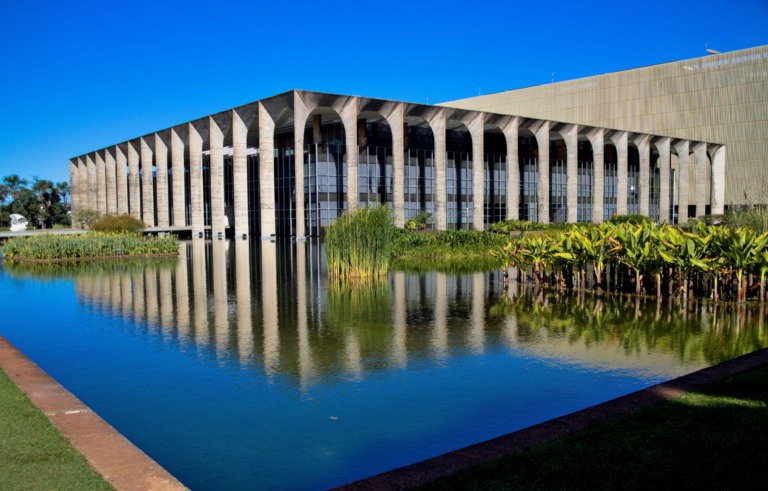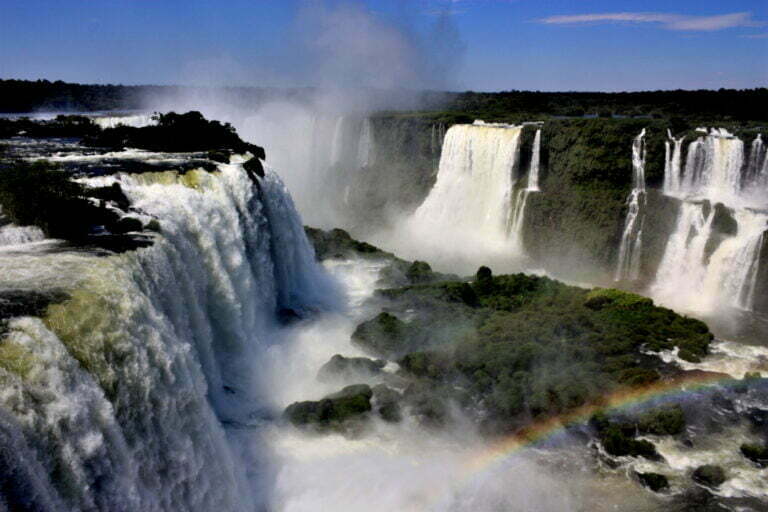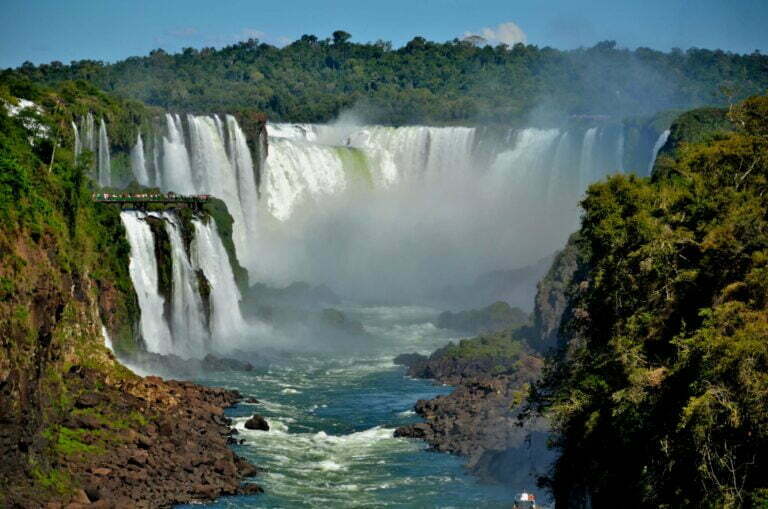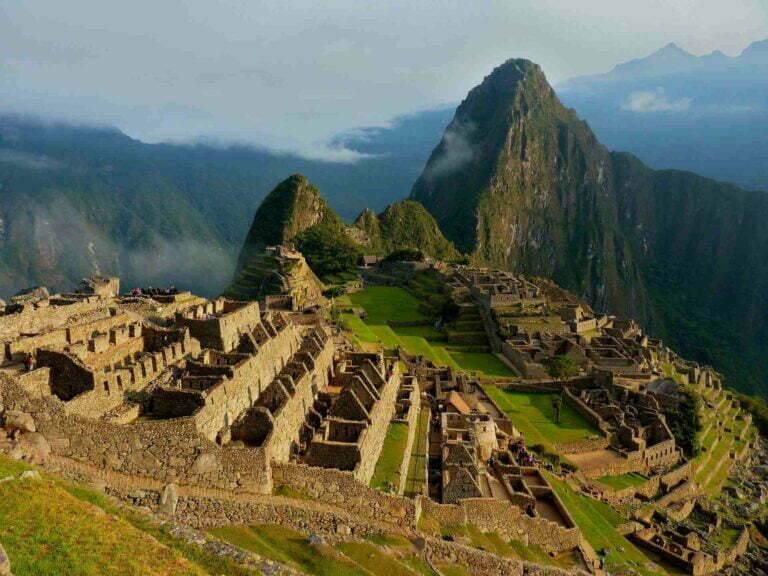Easter Island, also known as Rapa Nui or Isla de Pascua in Spanish, is a Chilean territory located in the remote eastern Pacific Ocean, roughly 2,300 miles west of the Chilean coast and 2,500 miles east of Tahiti. Covering approximately 64 square miles, Easter Island is renowned for its extraordinary stone statues, known as Moai, numbering nearly 900, which were crafted by skilled artisans and engineers. These enigmatic sculptures remain unique in the realm of Polynesian culture.
Easter Island Information
The purpose of these colossal figures and the techniques used to create and transport them continue to be subjects of speculation. Rapa Nui National Park on Easter Island is dedicated to preserving the island’s rich history and cultural heritage. This isolated island, the easternmost point of Polynesia, boasts a landscape adorned with these massive stone statues and other archaeological wonders.
Easter Island History Facts
The island was initially settled by Polynesian migrants around the end of the first millennium CE, who then built significant structures such as ahu (ceremonial platforms) and the iconic Moai statues, representing their ancestors. Rapa Nui National Park is home to the most prominent archaeological sites, featuring not only the Moai but also over 300 ceremonial platforms, petroglyphs, and valuable rock art. Orongo, a ceremonial village on Rano Kau volcano, stands out with its semi-subterranean stone dwellings adorned with petroglyphs.
Easter Island’s history is marked by ecological challenges, including deforestation and resource depletion, which, according to some research, contributed to the decline of the ancient Rapa Nui civilization. The arrival of Europeans, foreign diseases, and enslavement further impacted the island’s population.
Today, Easter Island is home to descendants of the ancient Rapa Nui people, as well as a diverse population of immigrants. The island hosts the Tapati Rapa Nui Festival, an annual cultural event featuring traditional activities, including dance, wood carving, and music performed on unique eight-string ukuleles. The island is also known for the mysterious rongo-rongo script, carved on wooden tablets, which remains undeciphered.
In addition to its rich cultural history, Easter Island offers visitors the opportunity to explore its crystal-clear waters, reputedly some of the clearest in the world. The surrounding ocean is ideal for snorkeling and scuba diving, with vibrant coral and an array of fish species to admire in the depths.
Easter Island, known as “Rapa Nui” in the local Polynesian language, is a remote island located in the southeastern Pacific Ocean. It is famous for its massive stone statues called “moai,” which were carved by the native Rapa Nui people and placed on stone platforms known as “ahu.” Easter Island is one of the most isolated inhabited islands in the world, located about 2,300 miles (3,700 kilometers) off the coast of Chile, to which it belongs.
Rapa Nui History
Moai: The Moai statues are the most iconic feature of Easter Island. These massive stone sculptures were carved from volcanic rock between the 13th and 16th centuries. The purpose of the moai is still a subject of debate among historians and archaeologists, but they are believed to represent deified ancestors and were placed on ahu to watch over the island’s inhabitants.
Rapa Nui Culture: The Rapa Nui people, who settled on Easter Island around 1200 CE, developed a unique Polynesian culture. They created a system of writing known as “rongorongo,” which remains undeciphered, and had complex social and religious practices.
Decline and Environmental Challenges: Easter Island’s ecosystem underwent significant changes as the population grew, leading to deforestation and resource depletion. This environmental degradation is often cited as a factor in the decline of the Rapa Nui civilization. European contact and diseases also contributed to the population’s decline.
Rapa Nui National Park: Easter Island and its archaeological sites, including the moai and ahu, have been designated as a UNESCO World Heritage Site to help preserve and protect its unique cultural and historical heritage.
Tourism: Easter Island is a popular tourist destination due to its remarkable archaeological sites and natural beauty. Visitors can explore the moai, enjoy the island’s beaches, and learn about its history and culture.
Governance: Easter Island is governed as a special territory of Chile. The island’s official name is “Isla de Pascua” in Spanish, and it has a local government and mayor. The island has a mix of Chilean and Rapa Nui populations.
Easter Island is a place of great historical and cultural significance, and it continues to captivate the world’s imagination with its enigmatic statues and fascinating history. It also serves as a reminder of the importance of sustainable environmental practices and cultural preservation.







